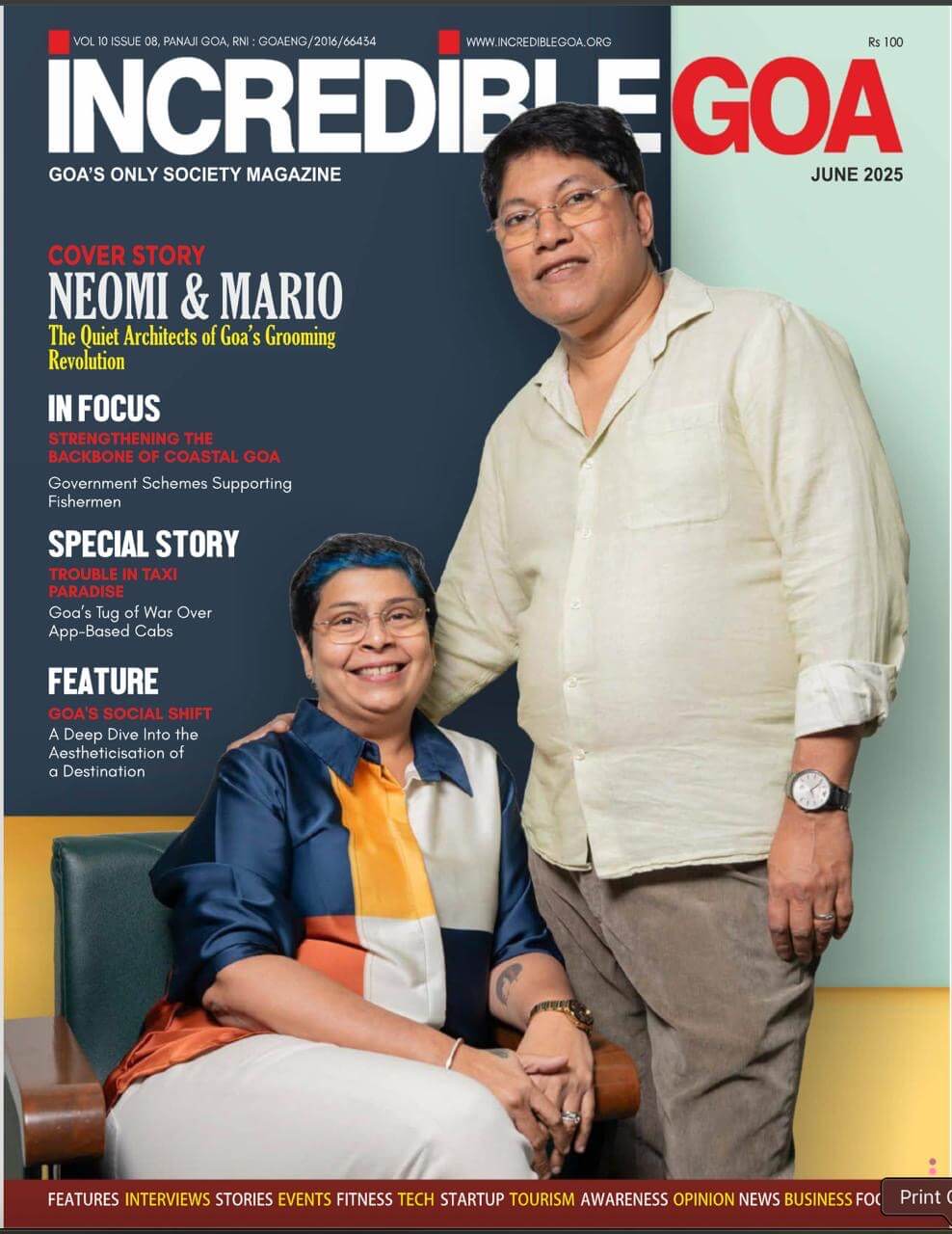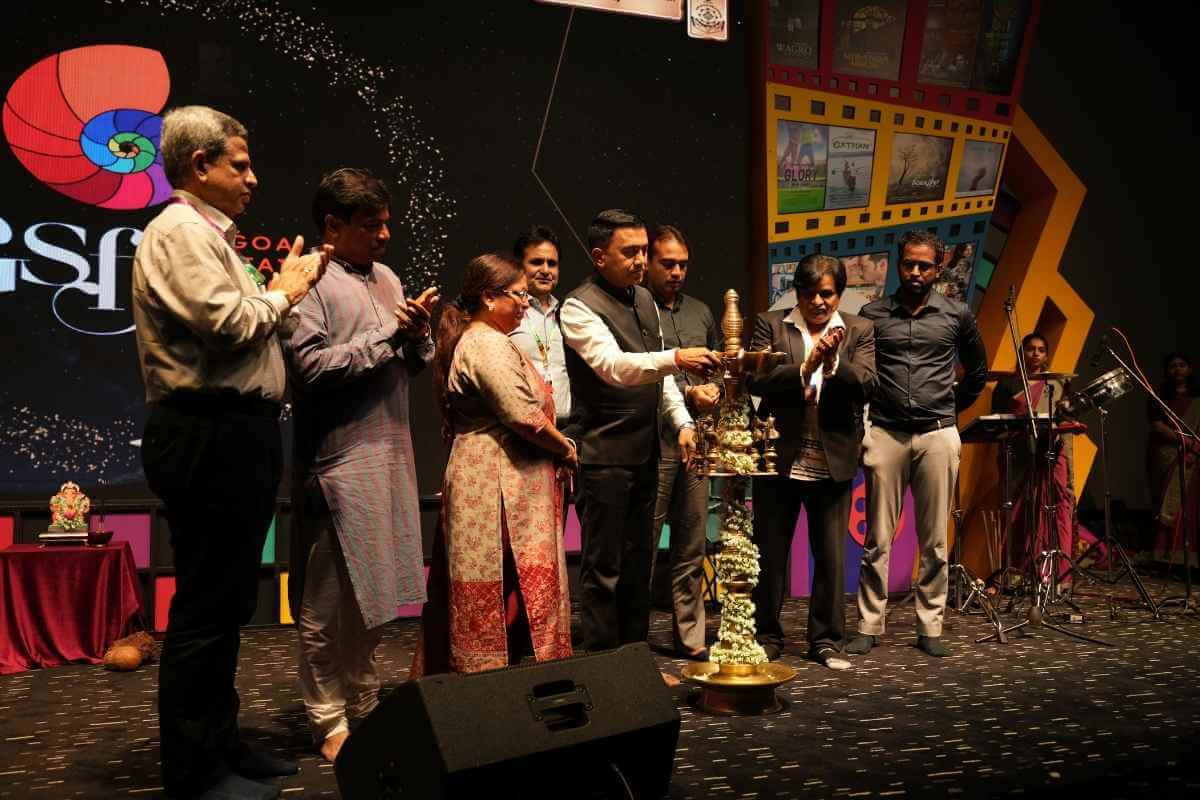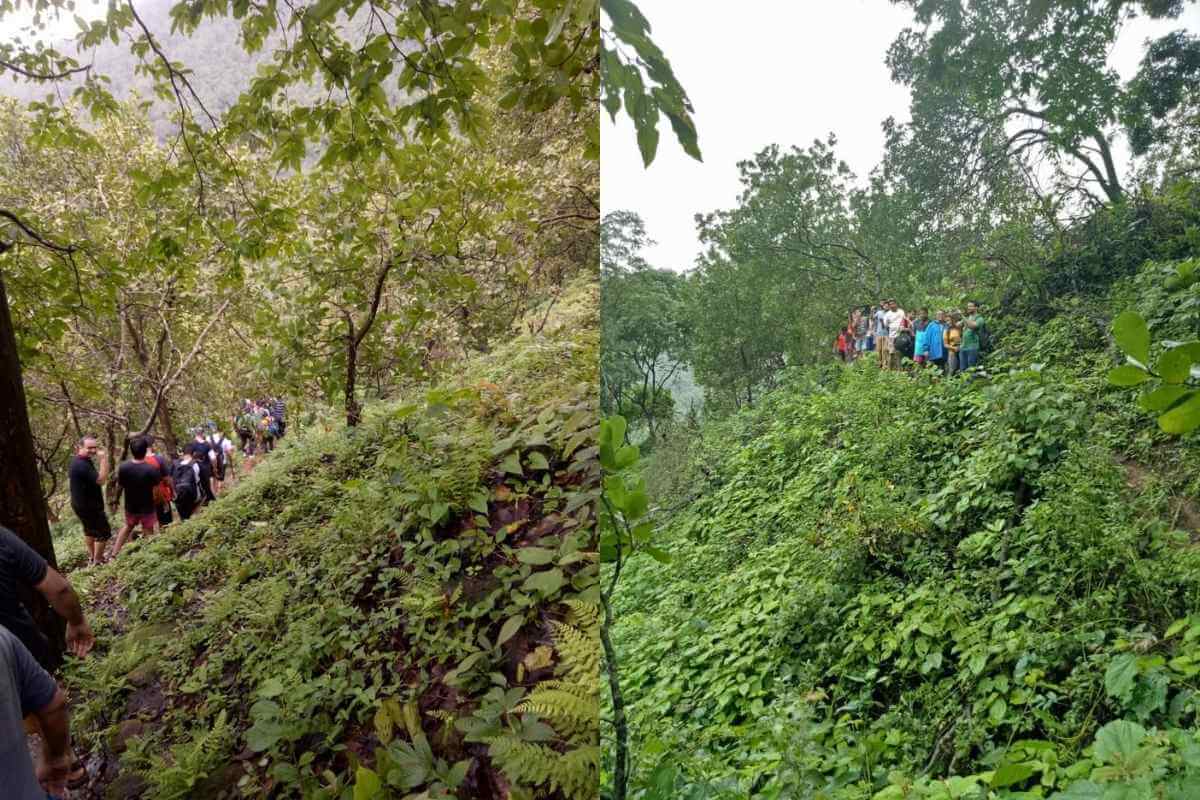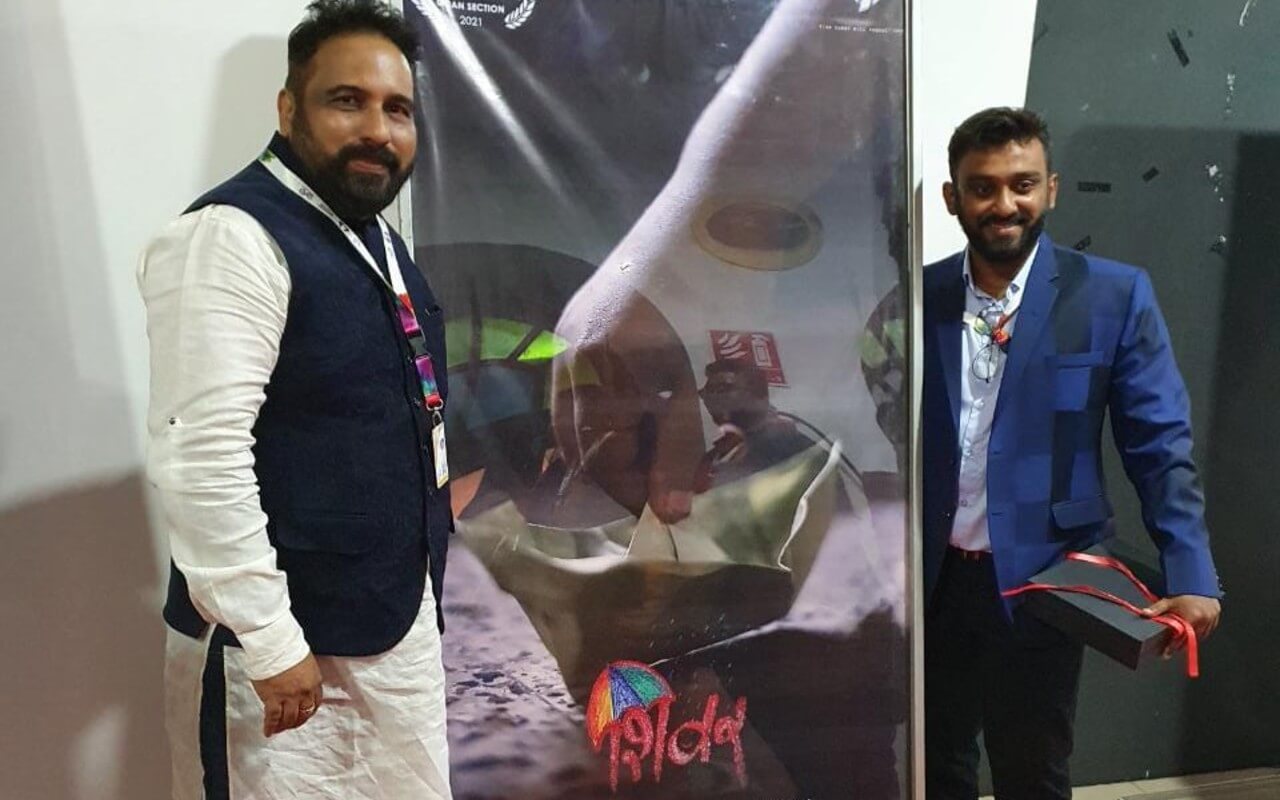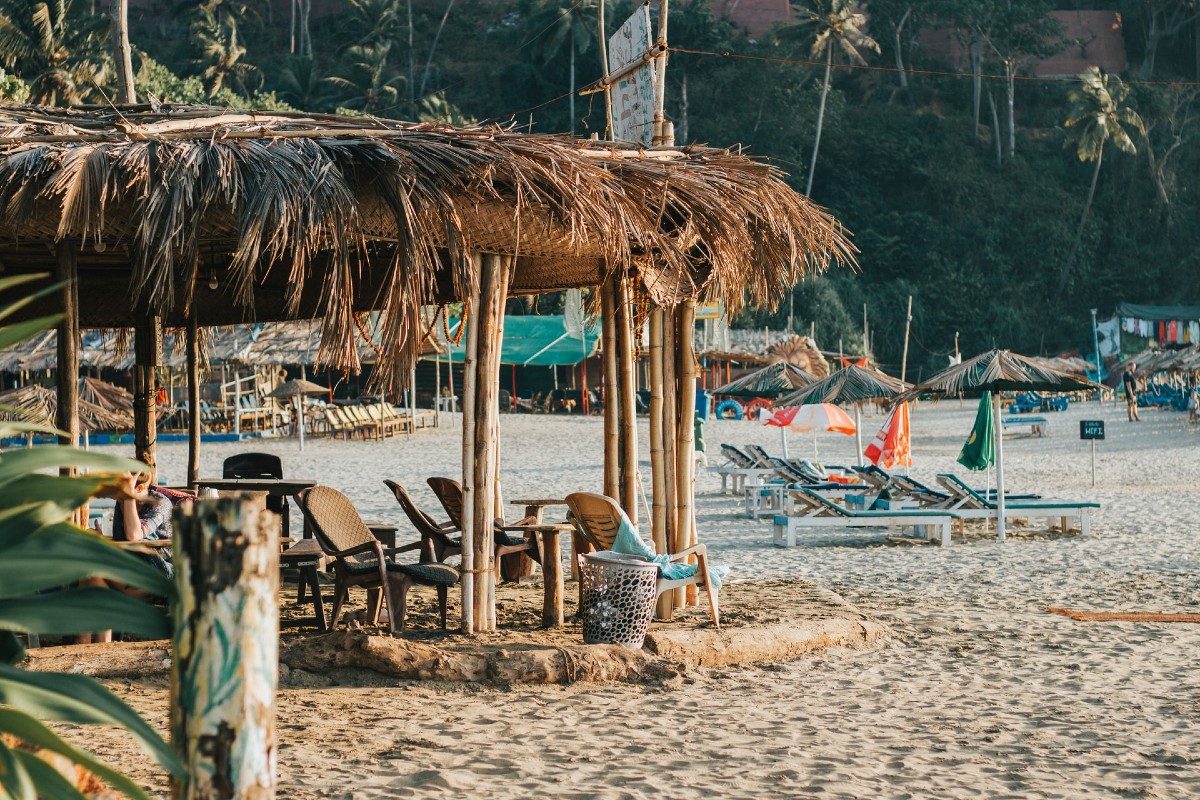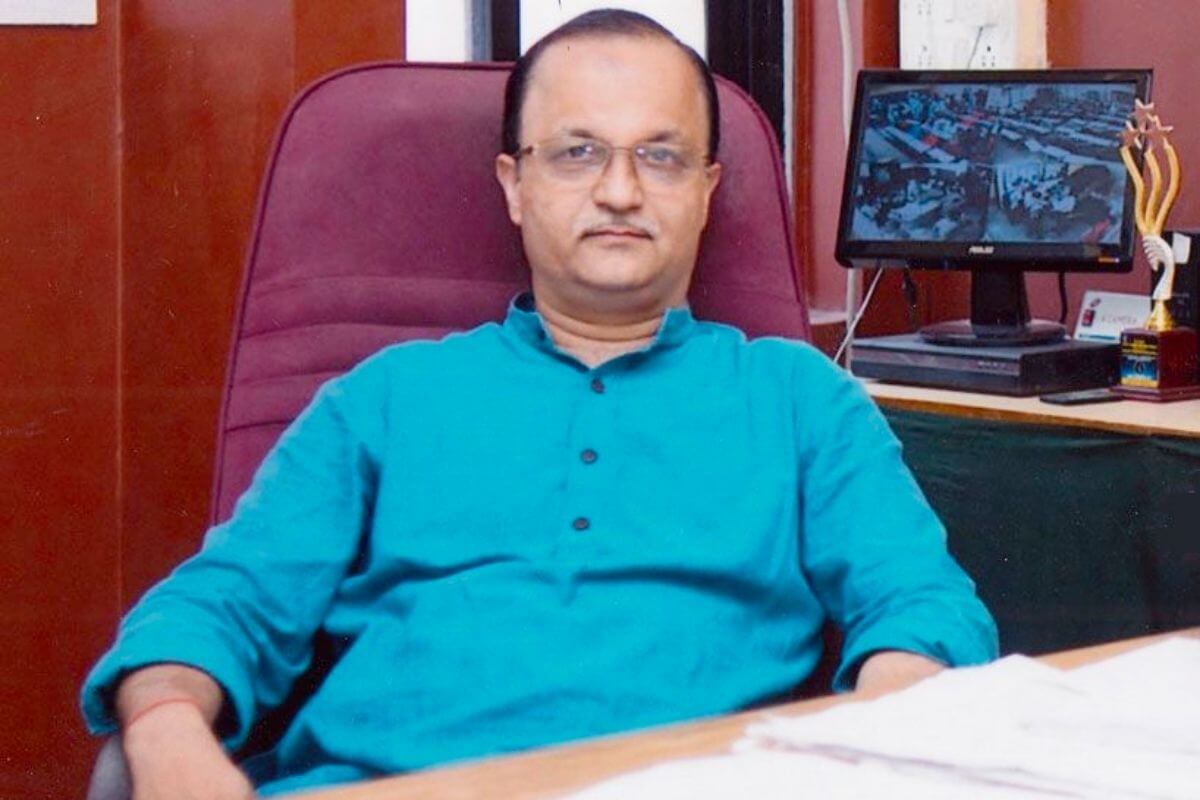Mayem, a quaint village nestled in the heart of Goa, has achieved a remarkable milestone by unveiling the state’s first-ever biodiversity atlas. This 250-page compendium intricately delineates the vibrant tapestry of flora and fauna that grace the village’s landscapes. The much-anticipated release of this atlas was officiated by Chief Minister Pramod Sawant on a bright Wednesday morning. The significance of this accomplishment reverberates beyond Mayem’s boundaries, as the Chief Minister pledges to extend this initiative to every village in the state.
Chief Minister Sawant expressed his enthusiasm, stating, “We have already established biodiversity management committees across 191 village panchayats in Goa, and our aspiration is to craft a unique biodiversity atlas for each of these villages. By accomplishing this ambitious goal, Goa will undoubtedly secure its place as the vanguard state with a biodiversity atlas for every village.”
The catalyst for this monumental undertaking was the People’s biodiversity register (PBR), meticulously curated by Mayem’s village biodiversity management committee, under the astute leadership of Chairperson Sakharam Pednekar.
The chief minister’s discourse extended beyond the mere compilation of data, delving into the implications of preserving biodiversity. He admonished villagers to remain vigilant against the encroachment of external forces that might jeopardize their land and delicate ecosystems. Sawant cautioned, “While this biodiverse map stands as a testament to Mayem’s natural wealth, its preservation rests upon the shoulders of the villagers and the local community. The rapid influx of outsiders seeking land can unwittingly pave the way for massive developmental projects that could obliterate the delicate balance of our ecosystems.”
Drawing attention to the monetary incentives attached to conservation, Sawant elaborated, “The burgeoning demand for preserving our natural heritage is not just an ethical endeavour; it’s also a fiscal opportunity. The Indian government is offering substantial funds for maintaining lakes, with a whopping Rs 10 crore designated for each lake’s preservation and the surrounding biodiversity.”
Sawant underscored the communal responsibility in safeguarding this invaluable legacy, stating, “This mantle of preservation isn’t confined solely to the village leaders but is shared by every resident. If we observe any threats to our biodiversity, we mustn’t hesitate to lodge complaints against illegal activities such as landfilling.”
Anticipating future implications, the chief minister alluded to potential medicinal benefits hidden within the biodiversity. “Preserving our biological diversity isn’t merely a matter of environmental stewardship; it is also an investment in our future well-being. As climate change unfolds, rare flora and fauna could hold the key to curing ailments that afflict our society.”
He concluded with an impassioned plea, “Mayem’s biodiversity atlas isn’t just a document; it’s a living testament to the harmony that can exist between humanity and nature. Let us take pride in our natural legacy and secure it for generations to come. Remember, our actions today will echo through time, determining whether our children inherit a world teeming with life or one struggling to reclaim lost splendor.”
In a world grappling with environmental challenges, Mayem’s achievement stands as a beacon of hope and a reminder that concerted efforts can forge a brighter, greener future. As Goa’s villages march toward their own biodiversity atlases, the narrative of conservation and coexistence gains momentum, promising a promising legacy for generations to embrace and cherish.





